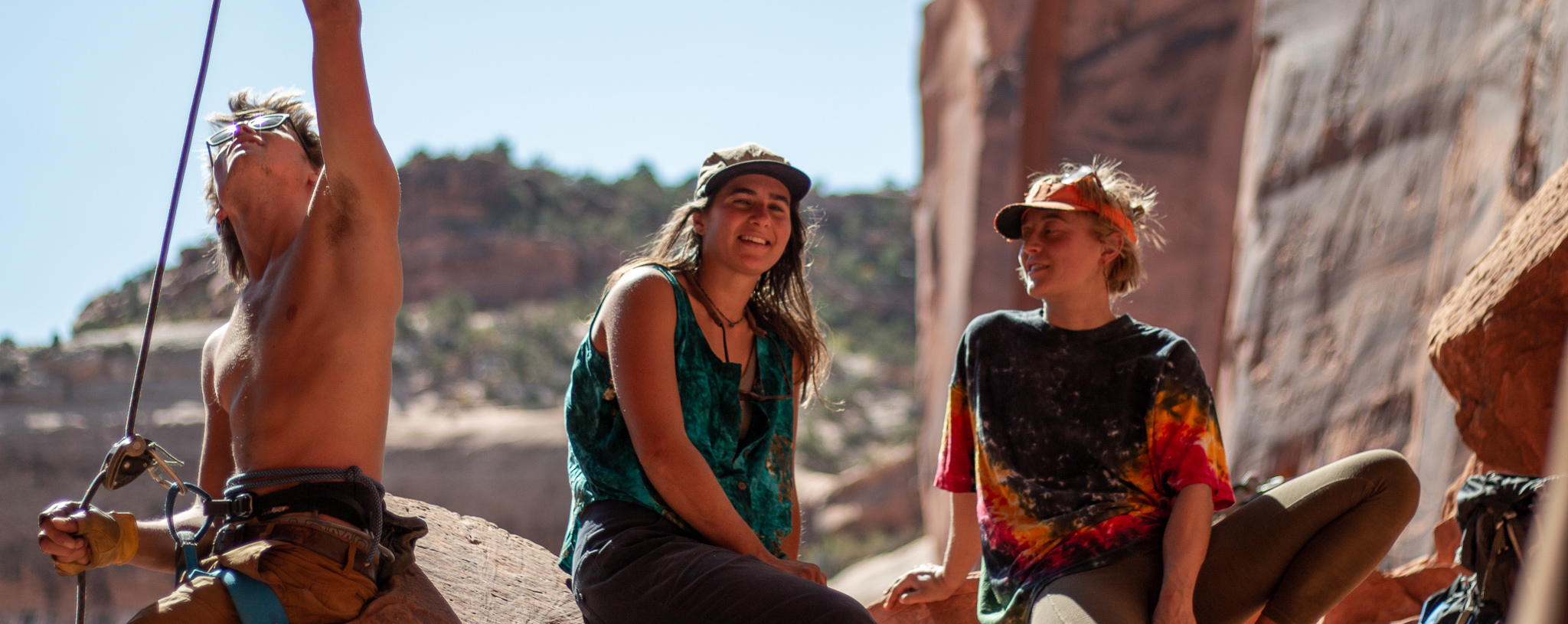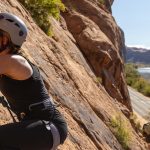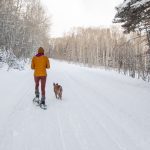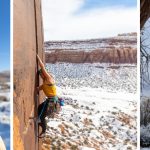Leave No Trace Practices for Climbers
How do you take care of the places you climb?
As climbers, we are constantly impacting our environments, from forging trails through the steps we take, to slowly greasing up holds with the oils from our skin. It’s important to remember that we can’t not impact our environments, however, we can do our very best to protect and maintain the climbs we love for decades to come.
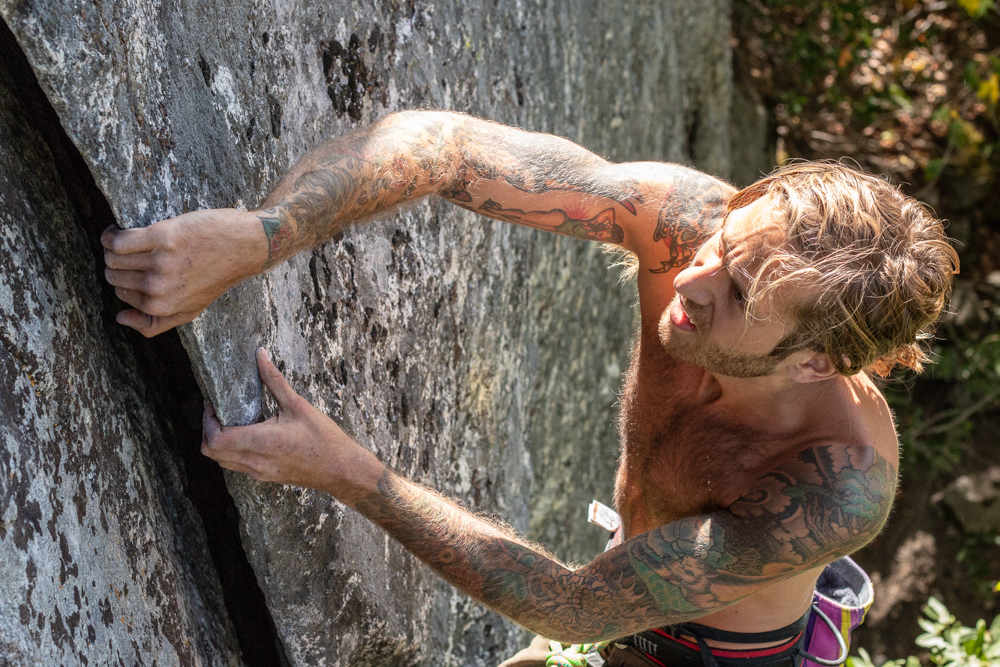
With Earth Day just around the corner, I thought we’d take a moment to explore the Leave No Trace Principles for rock climbers, so that all season long we can protect and preserve the climbing landscapes that we love so much.
The Seven Principles of Leave No Trace
Before we jump into it, here are the seven basic principles for good Leave No Trace Ethics.
- Plan Ahead and Prepare
- Travel and Camp on Durable Surfaces
- Dispose of Waste Properly
- Leave What you Find
- Respect Wildlife
- Be Considerate of Other Visitors
Each one is important in it’s own way, and the practices are numbered so they can be followed linearly. It’s prudent to plan your trip before you know where you will be traveling and camping, etc.
Rock Climbing and Leave No Trace
Let’s dive in a bit deeper to each one of these, shall we?
Plan Ahead and Prepare
This step is likely the most important step to leaving no trace when on a climbing trip. At this step you can identify all other potential impacts on the environment you may have and come up with solutions for them. Where are you going to camp? Will there be camping fees or are you going to drive out to free camping? What about using the bathroom? Will you bring wag bags or are you in a place where it is appropriate to dig cat holes? What about fire permits? Where are you going to get your water? All of these questions are important things to consider before you head out and start on a climbing trip.
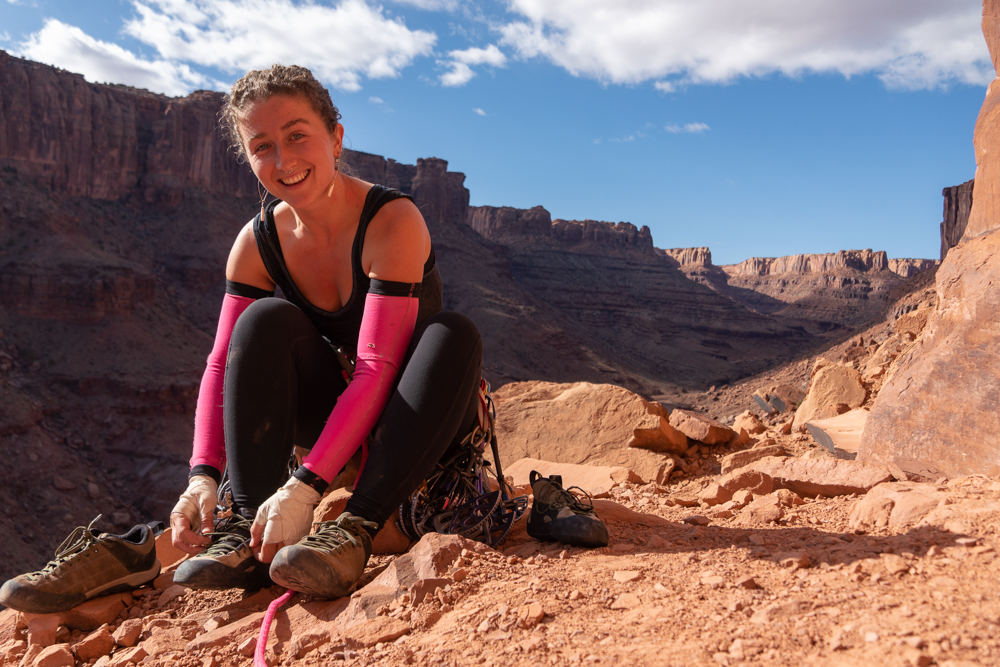
Travel and Camp on Durable Surfaces
When camping or heading to the crag, ask yourself, “Is this a trail I’m walking on?” and “Is this a campsite?” Climbing trails are often difficult to see, particularly if you’re climbing in remote areas. So make sure you’re following trails to the best of your ability, and camping within regulated campsites. If you’re on BLM (Bureau of Land Management) land, make sure to camp on durable surfaces. Don’t drive over grass, or park in bushes.
Remember that getting to and from the crag is important for the people who come after you, and we want to avoid creating social trails. Stay on the trail, and camp within a campsite, it’s that easy.
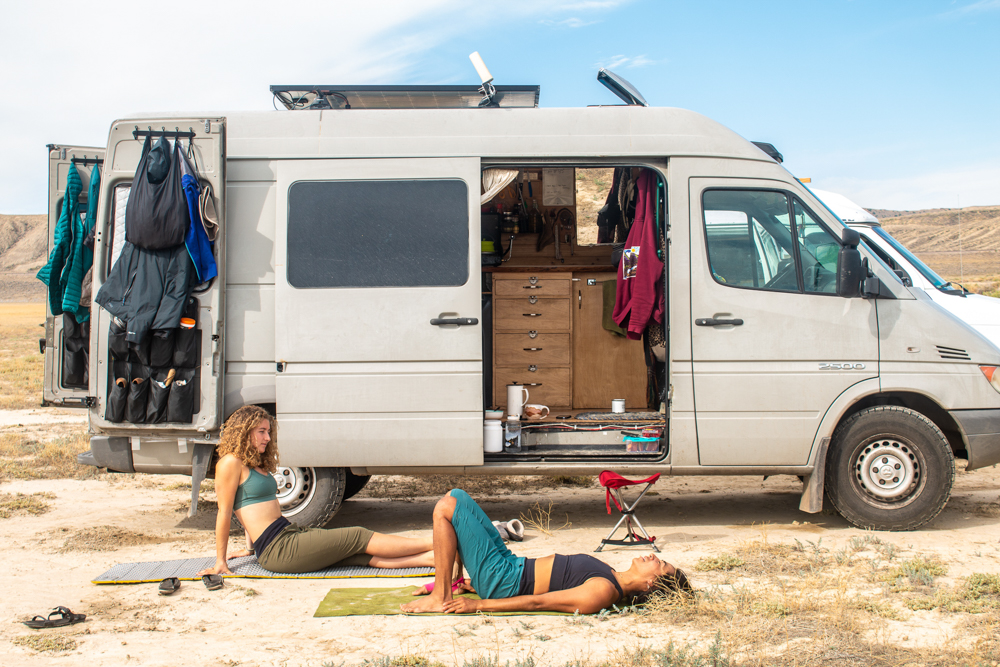
Dispose of Waste Properly
Where will you poop? This should be (in my opinion) the first question you ask yourself before you go climbing. Followed only by the question: How will you dispose of your beer cans?
Depending on the terrain, there are several different answers to this question. If you’re planning a big wall adventure, make sure you bring wag bags! Dry, desert climates will also require you to pack out everything you bring in, including poop! If you are in a place with established pit toilets, obviously those are the best solution. In some remote climbing areas it might be appropriate to dig cat holes (at least 6 inches down), but double check with the local Forest Service before you do!
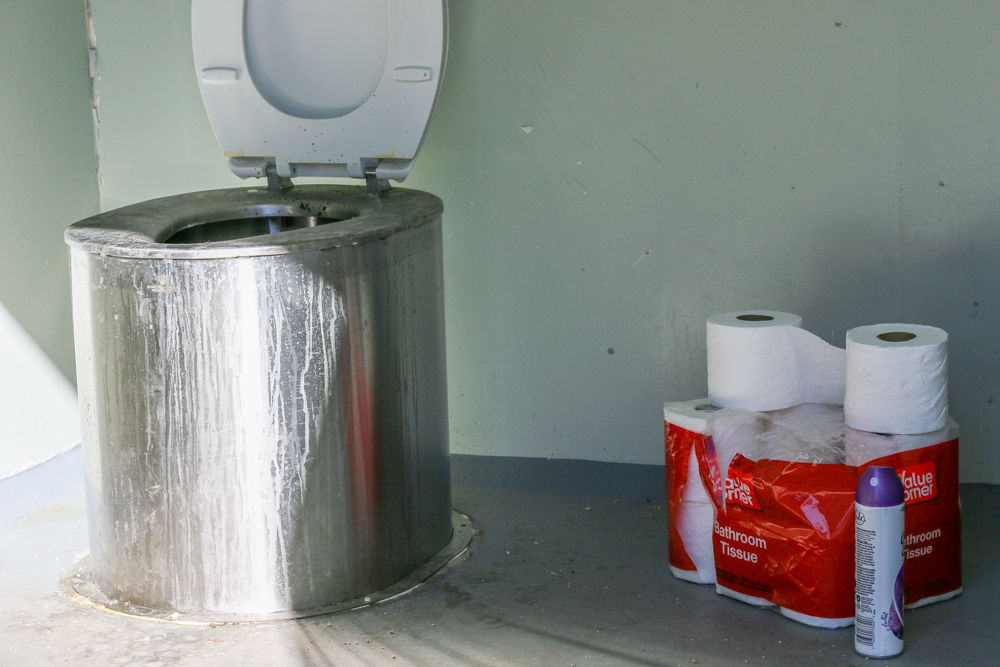
It should go without saying that all trash should be packed out appropriately and taken to a frequently serviced trash bin. This includes oranges, banana peels, and toilet paper!
Leave What you Find
It might be super tempting to take a pretty rock, or animal bones that you find while on a climbing trip, but please don’t! Many climbing areas (particularly high alpine or desert environments) are very delicate and removing even pieces of wood can alter the natural process of decomposition and new growth.

This also means:
- Don’t make new trails or build retaining walls without the guidance of the land managers
- Don’t make new fire pits
- Don’t dig ditches or alter the base of crags
Respect Wildlife
The bunnies in Vedauwoo are absolutely adorable, but don’t get too close! Stressing out animals is a huge problem for wildlife near climbing areas. The most common issues in the climbing community for disturbing animals are climbers not respecting seasonal raptor closures, or bat conservation closures.
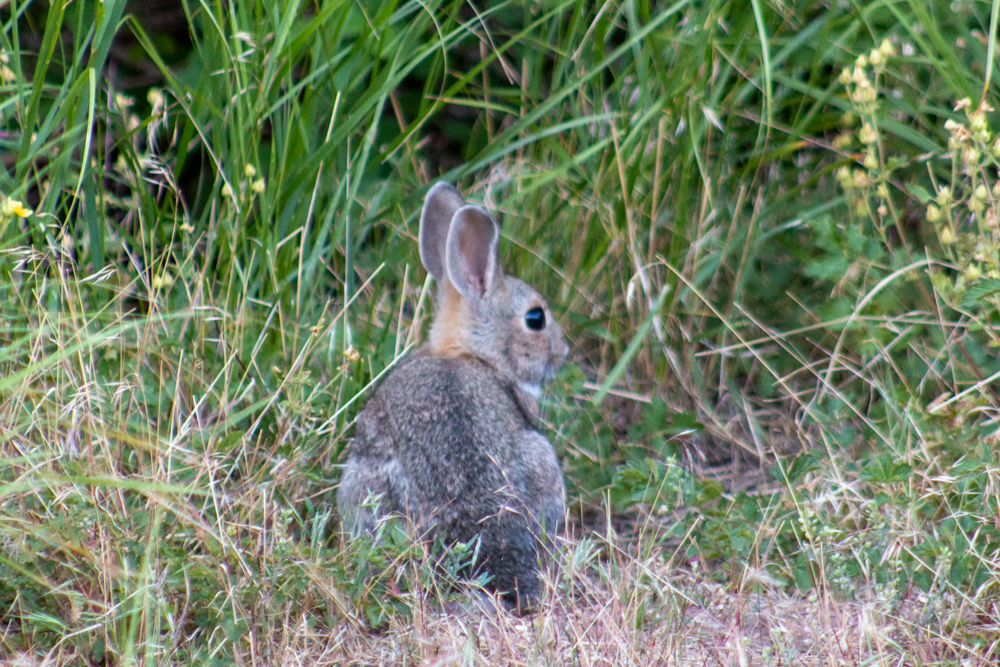
Depending on the climbing area there may be tons of wildlife, such as the bears in Yosemite, or the Mountain Goats in Washington Pass. Do your best to stay away from these critters, pack your food carefully in your bags, and properly dispose of trash so animals don’t get into it.
Be Considerate of Other Visitors
Finally, and this may be one of the most important ones for climbers; be considerate of other visitors!
Keep your dogs on leash, double and then triple check that everyone around is ok with music (if you decide to play it), be kind when asking to get in line for a route, be considerate to new climbers, and always offer to give a safe belay or a spot. That last ones not a rule, it’s just a good idea.

Leave No Trace
As climbers, we want to protect and preserve the climbing areas we frequent to the best of our ability. Utilizing the Leave No Trace Principles will not fix every issue that the climbing community has, but it will go a long way to help keeping crags open and protected for years to come.
On your next climbing trip, make sure you reference this guide and do your best to Leave No Trace!
About the Gear Tester
Kaya Lindsay is a writer, photographer, and filmmaker with a passion for rock climbing and the outdoors.
In 2016 she converted a Sprinter Van into a tiny home and has been traveling around the US & Canada to pursue her passion for rock climbing. Since hitting the road she has begun a career in filmmaking and is currently working on her One Chick Travels series, highlighting solo female travelers who live and work to pursue an adventurous lifestyle. Her films have been highlighted by major brands such as Backcountry and Outside TV. To fulfill her passion for writing, she chronicles her many adventures in her blog. Professionally, she writes for the adventure sports company Outdoor Prolink and The Climbing Zine. Kaya hopes to spend many more years in her tiny home on wheels, Lyra, and is currently living in Moab Utah.

